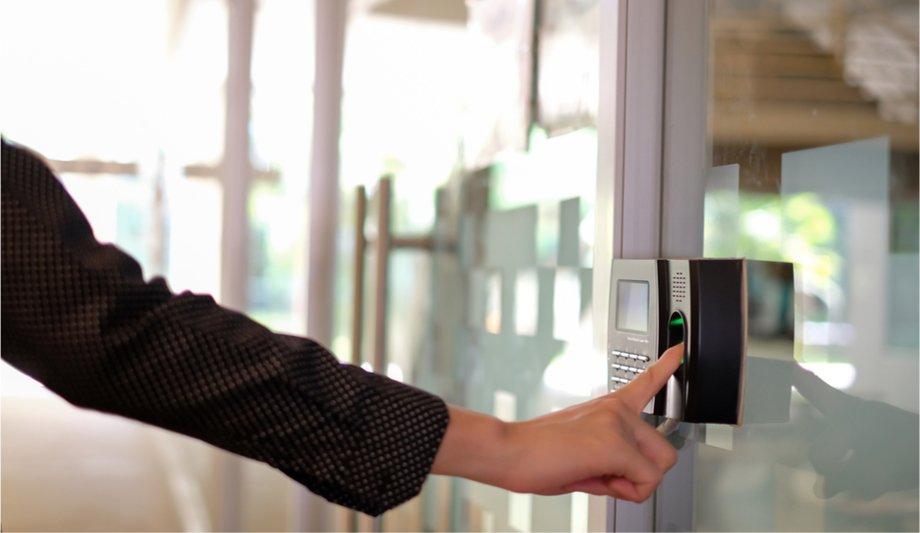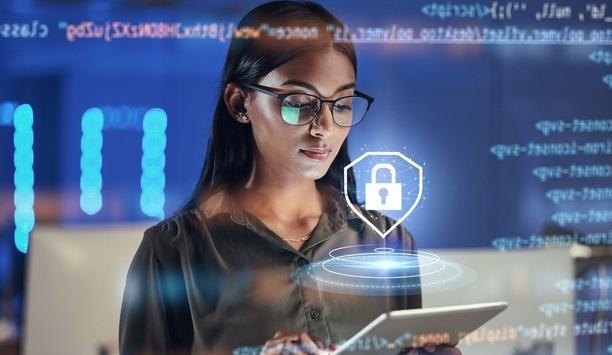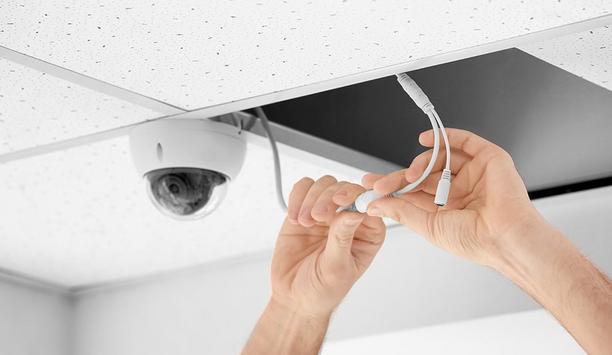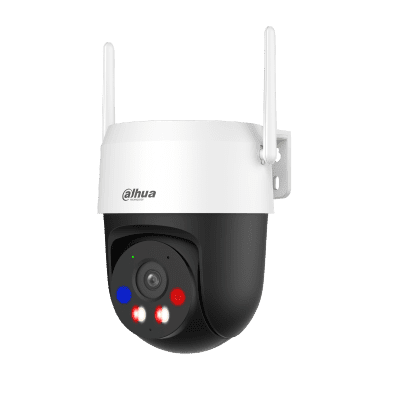What are the new trends and opportunities for biometrics?
Editor Introduction
A shift toward touchless devices during the coronavirus pandemic has been a boon to the biometrics sector. Another factor in the recent increase in use of biometrics is lower prices, which are a symptom of a maturing market and of new technology capabilities. Increasingly, integration of biometrics with access control and other security systems is expanding use cases and sales numbers. For additional insights, we asked this week’s Expert Panel Roundtable: What are the new trends and opportunities with biometrics (facial, fingerprint, iris and/or voice)?
The use of biometrics has been rising for some time, but with COVID-19 and the need for increased physical distancing and contactless credentials, we will continue to see rapid growth in adoption of these devices. Frictionless biometrics such as facial and iris recognition readers or touchless fingerprint readers can provide a more secure and hygienic way of accessing an area. In the past, the high cost of such devices was seen as a deterrent. However, with a wide range of public-facing organisations needing to authenticate people while decreasing physical contact, we foresee an increase in uptake of such devices. For example, in airports, contactless biometrics could be used to authenticate passengers passing through departure gates, without having to place their hands anywhere near a scanner. To ensure the highest level of security, biometrics should be part of a dual authentication process i.e. using facial recognition in addition to video.
COVID-19 has made a significant impact on biometrics used for access control, identity verification and time and attendance. End users now demand contactless solutions as studies have shown pathogens may be passed from person to person by touching the same surface from minutes to a few days later. It’s not always reasonable to disinfect a surface, such as a fingerprint pad, after each use. Imagine the delays at a busy biometric timeclock during shift changes. Also, a biometric technology must accommodate healthcare workers, first responders and others wearing personal protective equipment (PPE) such as gloves, masks and goggles. The accuracy of facial recognition, though contactless, is diminished with the use of PPE. Currently, only iris-based biometric systems are contactless and work with PPE while being proven quick and accurate in millions of applications daily.
The trend we are seeing is that there are more and more types of devices and growing opportunities to integrate them with existing systems. These integrations are allowing for more information from other analytic devices, such as IP cameras and biometric technologies, thus adding additional layers of security. The interoperability of systems enables existing biometric devices to integrate with more advanced technology – such as facial recognition. Now, users no longer have to rely on one separate fingerprint reader, but systems can claim more confidently that the person is who it says it is, when combined with facial recognition, for example. With the backdrop of COVID-19, this is all trending toward contactless – where technologies such as facial and iris recognition, palm wave recognition and others are being used in conjunction with mobile credentials and automated door openers for a touchless experience.
Biometrics has been steadily growing in popularity for the last few years as prices have fallen but quality and reliability have continued to improve. Following the pandemic restrictions, this is an area that is evolving even further, like so many others, to meet the “new normal.” We are seeing a keen popularity towards facial recognition and thermal imaging systems which are perfect for social distancing, reducing potential cross infection and for spotting the potential signs of elevated temperature from infection. These will be vital in helping to keep the R rate down and ensuring a safer work environment. Thermal sensing systems are also being used in conjunction with other systems, such as people counting and analytics, to ensure social distancing and controlling the occupancy levels. Also, systems like Safe Tag are assisting workers in maintaining a 2m social distance in environments such as open-plan offices and construction sites.
Touchless technology, in general, is gaining new ground as facilities managers and business owners strive to provide a more normalised approach to getting back to work and aligning safety measures amidst a pandemic. Touchless technology that enables skin temperature measurement and masked individual identification is being introduced as a means to harness the power of biometrics for granting and restricting access. In this kind of access management solution, the skin's temperature acts as the credential, making it a crucial addition for manufacturers attempting to provide more options for businesses facing mounting regulatory compliance mandates and added protection for those within their facility. The ultimate goal, aside from providing an additional step for screening, is to address potential hygiene concerns for hospitals, as well as factories, schools, commercial buildings, airports, stations and other public areas. We will continue to see biometric access gain a following -- especially as some prices fall.
Biometrics are easy and secure, and the cost to deploy is steadily decreasing, whereas in the past it has been too expensive for organisations to install. The technology around biometrics has become more successful in decreasing the number of false reads. Biometrics have traditionally been used as part of multi-factor authentication, namely at athletic facilities and data centers; however, as a standalone credential, the usage is steadily increasing as the price point becomes more in line with the average buyer. In light of recent events associated with the pandemic and return-to-work initiatives driven by processes and technology, innovative access control credentialing options, such as facial recognition technology, have become critical to reducing the need to touch surfaces in order to gain access to controlled spaces. Additionally, they have been instrumental in detecting individuals who further threaten the safety of people and property and in reducing potential fraud in digital services.
For many of our retail, restaurant and hospitality customers, opening their doors again has brought new challenges to ensure the safety of employees and customers. Many are evaluating touchless access solutions, body temperature scanners, and occupancy monitoring tools to help comply with new guidelines while giving employees and customers peace of mind. Biometric tools like facial recognition offer a great solution for touchless access and can be used to accurately count patrons and alert staff if occupancy numbers are near capacity. Meanwhile, it won’t be long before store employees no longer have to remember alarm codes because alarm keypads will recognise fingerprints. Investing in biometrics and AI technology will be useful beyond the pandemic thanks to the enhanced business intelligence they provide. The ability of facial recognition solutions to identify bad actors and VIP customers will be a game changer for everything from loss prevention to customer service.
Until recently, having to touch something to gain access to your workplace wasn’t a huge concern for most people, but this has changed. Whilst not new, the Coronavirus pandemic has prompted a spike in enquiries about touchless access control integrations with our Fastlane turnstiles. Some of the advice shared in the media suggested that entrance control systems – such as turnstiles – should be set to open to avoid bottlenecks forming at peak times. Another concern is hygiene, and further advice suggested that access control requiring skin contact – such as fingerprint scanners – should be disabled. These steps, whilst helping with infection control, will compromise security unless other measures are put in place. When integrated with Fastlane turnstiles, the MorphoWave™ Compact – the touchless 3D fingerprint technology by IDEMIA – allows authorised users to gain access with a wave of the hand, with no need to touch anything and virtually no dwell time.
Editor Summary
Frictionless and touchless are new mantras in the physical security industry, and various biometric technologies contribute to implementing both. In addition, biometrics systems today are less costly, more accurate, and more easily implemented than ever in a variety of integration scenarios. The coronavirus pandemic may be providing new motivation for companies to embrace biometrics, but the stage is set for uses of biometric technologies to continue expanding long after the pandemic has faded.
Expert commentary
A modern guide to data loss prevention
DownloadThe truth behind 9 mobile access myths
Download7 proven solutions for law enforcement key control and asset management
DownloadAccess control system planning phase 2
DownloadSecurity practices for hotels
DownloadDahua P3AS-PV 3MP Outdoor Wi-Fi PTZ Camera with Active Defense
Climax Mobile Lite: Advanced Personal Emergency Response System (PERS)
Hanwha Vision 4CH AI Multi-sensor Camera with WAVE VMS























